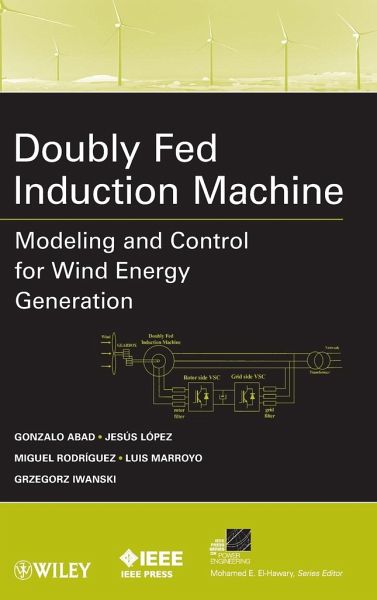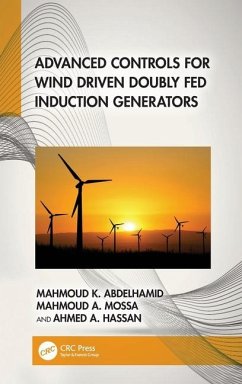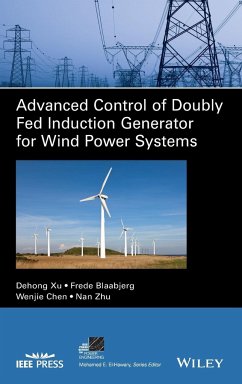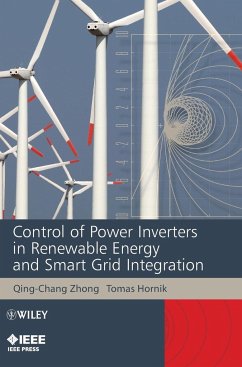
Doubly Fed Induction Machine
Versandkostenfrei!
Versandfertig in über 4 Wochen
140,99 €
inkl. MwSt.
Weitere Ausgaben:

PAYBACK Punkte
70 °P sammeln!
This book will be focused on the modeling and control of the DFIM based wind turbines. In the first part of the book, the mathematical description of different basic dynamic models of the DFIM will be carried out. It will be accompanied by a detailed steady-state analysis of the machine. After that, a more sophisticated model of the machine that considers grid disturbances, such as voltage dips and unbalances will be also studied. The second part of the book surveys the most relevant control strategies used for the DFIM when it operates at the wind energy generation application. The control techniques studied, range from standard solutions used by wind turbine manufacturers, to the last developments oriented to improve the behavior of high power wind turbines, as well as control and hardware based solutions to address different faulty scenarios of the grid. In addition, the standalone DFIM generation system will be also analyzed.
A practical, hands-on guide to capturing the potential of DFIM technology Doubly Fed Induction Machine (DFIM)-based wind turbines have proven to be a cost-effective, efficient, and reliable method for generating power. Readers interested in DFIM technology can turn to this text to discover not only the current state of the technology and future directions for research and development, but also learn the tools they need to devise their own innovations and solutions. Doubly Fed Induction Machine offers clear mathematical descriptions of basic dynamic DFIM models as well as a detailed steady-state analysis. The authors provide a more sophisticated model of a DFIM that takes into account grid disturbances such as voltage dips and balance disruptions. The second part of the book surveys DFIM control strategies. Readers will learn about standard solutions used by wind turbine manufacturers, new developments designed to improve the behavior of high-power wind turbines, as well as hardware-based solutions that address faulty grid scenarios. The book concludes with a forecast of the future of DFIMs. This book is an ideal, practical reference for engineers, researches, and students interested in fully learning the power generation capabilities of DFIM technology. This book helps readers grasp and apply complex concepts by using numerous aids throughout including: * Diagrams and graphs * Step-by-step calculations * Illustrations and photos of DFIM components and systems












